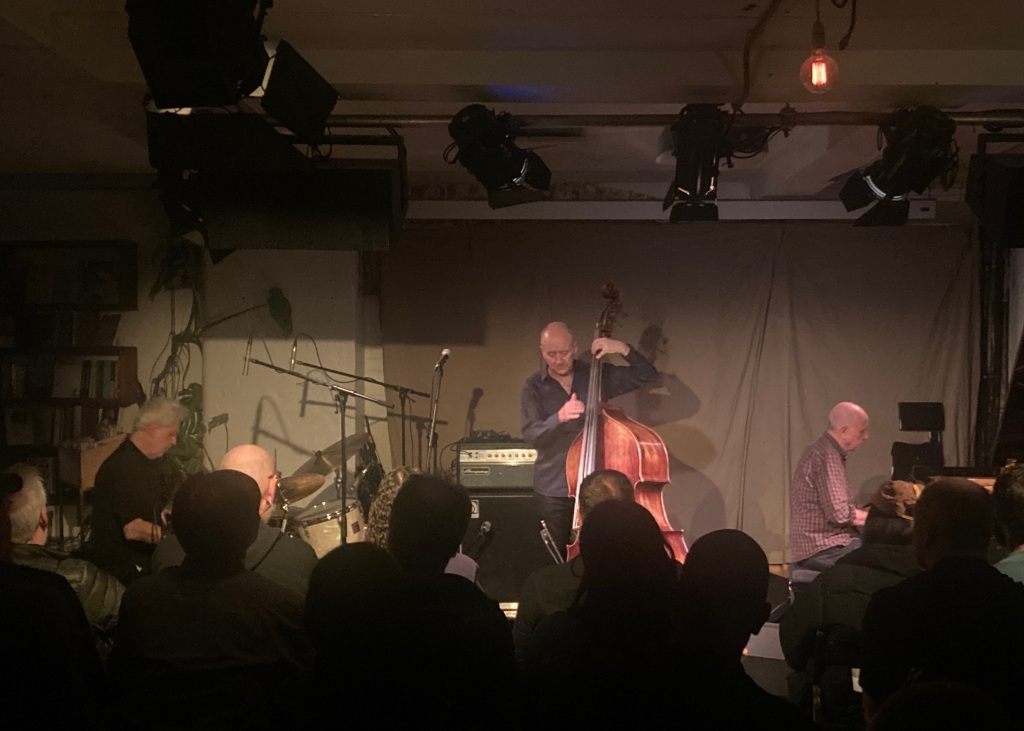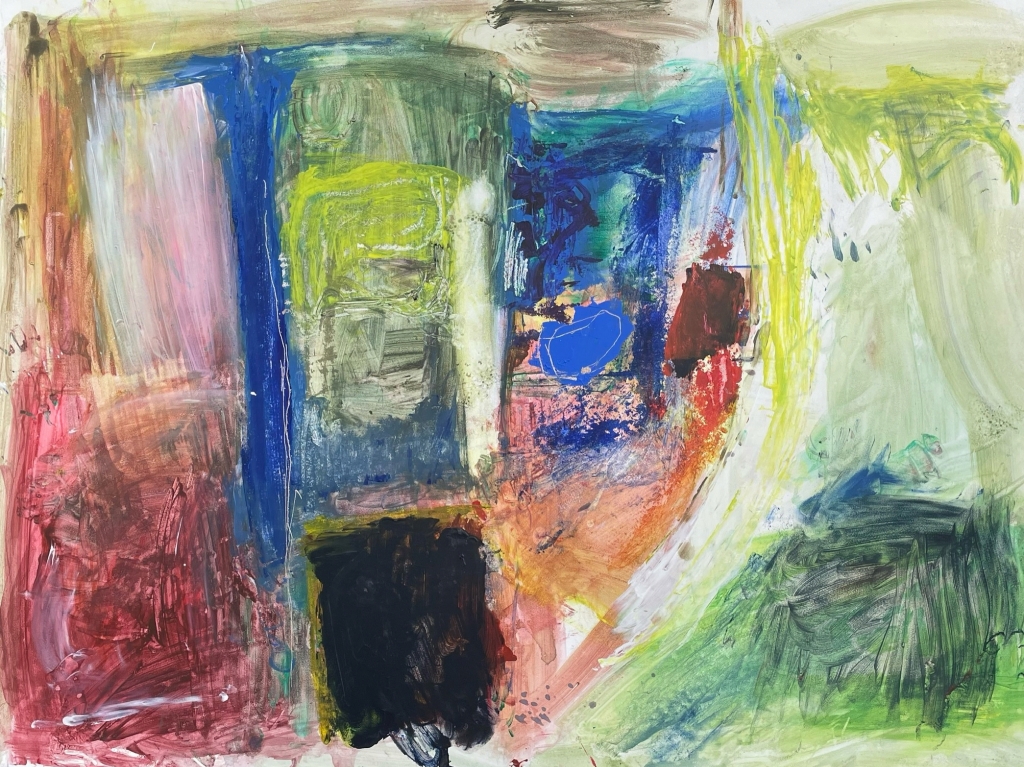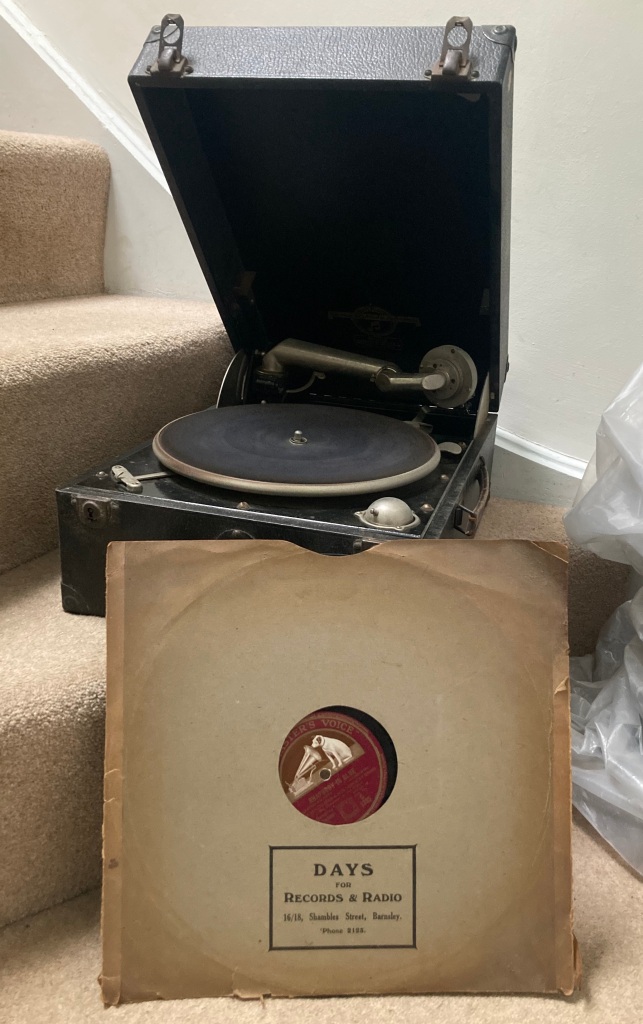The sound of London
It’s been exciting to watch the blossoming of a new young UK jazz scene in recent years, and now it’s possible to welcome a historical survey of its emergence. André Marmot’s Unapologetic Expression, published this month, is an insider’s explanation of why and how it happened, by whom and to whom. This is history almost in real time, with the con trails still visible in the sky
Marmot is a musician who has worked for the last few years as agent, promoter and label owner. Perhaps that makes him an unusual person to write such a work. But it also gives him access to the people on the scene, justifying the subtitle: “The Inside Story of the UK Jazz Explosion”. More important, he can really write. Not in a fancy way, but with a clarity of thought and a simple elegance of expression that make it a pleasure to turn from page to page.
It’s a story of the music’s evolution in London; there are a few mentions of Soweto Kinch and GoGo Penguin, but none of Xhosa Cole or Nat Birchall. And its focus excludes the parallel world of free improvisation, the descendants of the SME and AMM. But at least we know where we are, and where the author is coming from.
The narrative takes in United Vibrations, Steez, Brainchild, Total Refreshment Centre, Steam Down, Brownswood and We Out Here, Jazz Re:freshed, Church of Sound, Tomorrow’s Warriors and more. The soundtrack might be Moses Boyd’s “Rye Lane Shuffle” and Yussef Kamaal’s Black Faces. One of the key events might be the appearance of Boyd, Shabaka Hutchings and Theon Cross at South by Southwest in Austin, Texas in 2017, when it became obvious that this scene could gain traction with listeners beyond Peckham and Dalston.
It’s quite a political book, in the sense that Marmot is not afraid to spend time criticising the effect of government policy on the arts and on young jazz musicians in particular, and propounding his belief (impeccable in my eyes) that jazz is essentially a black music in which others are welcome to take part. He puts his arguments concisely and chooses his supporting voices well.
For this is, in large part, an oral history. And whatever the perspective he’s examining — there are chapters called “Jazz Ownership and Appropriation”, “Jazz and Postcolonial London” and “New Industry Models and the End of Musical Tribalism” — he allows the musicians themselves to have their unmediated say. It’s no surprise that people like Sheila Maurice-Grey, Dave Okumu, Poppy Ajudha, Jason Yarde and Emma-Jean Thackray turn out to have interesting opinions.
If those chapter headings make the book sound academic, it isn’t. It’s anything but. It’s as full of life and energy, as sparky and challenging, as the music itself. It might even convert some of those who look with scepticism on audiences — some of whose members perhaps don’t know Lester Young from Coleman Hawkins and may never have heard “West End Blues” or “Parker’s Mood” — dancing and cheering as these musicians play for people who look, think and live like themselves.
But in order to exalt the new, it’s not necessary to denigrate the past, and there are some passages here that may annoy jazz fans of former generations. It’s easy to pour scorn on views expressed in earlier times, which is what Marmot does here with, for example, an autobiography from 1998 in which John Dankworth — who did much to popularise the music in Britain in the past-war decades — claimed that jazz “since its beginnings… [has been] an instrument of goodwill and peaceful and gradual change rather than anything really revolutionary.” I tend towards Marmot’s view rather than Dankworth’s, but I’d caution him that the passage of time can distort as well as clarify.
In between sessions of reading his book, I was listening to two new British jazz albums. The first is the latest from Empirical, who receive only a single slighting mention for their “dressed-up-for-the-wedding, jazz-cliché” look, which he compares unfavourably with the dressed-down, funky-Peckham vibe of Binker Golding and Moses Boyd on the cover of their 2015 debut album. I think it’s a ridiculous criticism, as irrelevant as dissing the MJQ for wearing tuxedos, and — like the Dankworth swipe — unworthy of what is otherwise a valuable piece of work.
Empirical’s Wonder Is the Beginning features the basic quartet with guests Jason Rebello on piano and Alex Hitchock on tenor saxophone. Most of the knotty but engaging tunes are written by Tom Farmer, the bassist, with one apiece from Nat Facey, the alto saxophonist, and Lewis Wright, the vibes player. Anyone who has ever enjoyed their work will find plenty to digest here, in a well established groove that enters the room occupied by Andrew Hill, Bobby Hutcherson and Eric Dolphy in their Blue Note period and pushes the walls out slightly. The addition of the guests enriches the range of tone and gesture without disturbing the group’s fine balance.
Cassie Kinoshi belongs firmly in the generation promoted by Marmot, and is among those providing the author with interesting opinions on his chosen topics. Her latest album finds an 11-piece version of her group Seed operating in partnership with the London Contemporary Orchestra and the turntablist NikNak on a 22-minute, six-part suite called Gratitude (from which the album takes its title), recorded at the Purcell Room in March 2023, and in a 10-piece formation performing a five-minute piece called “Smoke in the Sun” at Total Refreshment Centre in 2021.
This isn’t a long album, then, but it gets a lot of substance into its half-hour duration, thanks to Kinoshi’s fast-developing gift for deploying the instrumental resources at her command. Her music is astringent in its sound and strong in its movements. The strings and woodwind, for instance, carry as much weight as the brass, reeds and rhythm: there’s no danger of anything sounding effete or chamber music-y here. The double bass of Rio Kai and the drums of Patrick Gabriel-Boyle provide both line-ups with a loose-limbed swing.
There is plenty of space in the music, and a great deal of variety. When she clears a space for a soloist, she does it very adroitly: the guitarist Shirley Tetteh, the trumpeters Jack Banjo Courtney and Joseph Oti-Akenteng, and eventually herself, with an improvisation that really soars, leading the sixth and final movement to a dramatic but graceful conclusion. Nothing sounds pasted-in or anything less than organic.
Both these albums, and André Marmot’s book, tell a very encouraging story about the condition of British jazz: not just about the skill and originality of its practitioners, but about their continuing ability to find, expand and stay close to their audience.
* André Marmot’s Unapologetic Expression is published by Faber & Faber. Empirical’s Wonder Is the Beginning is on Whirlwind Records. Gratitude by Cassie Kinoshi’s Seed with NikNak and the London Contemporary Orchestra is on International Anthem.











